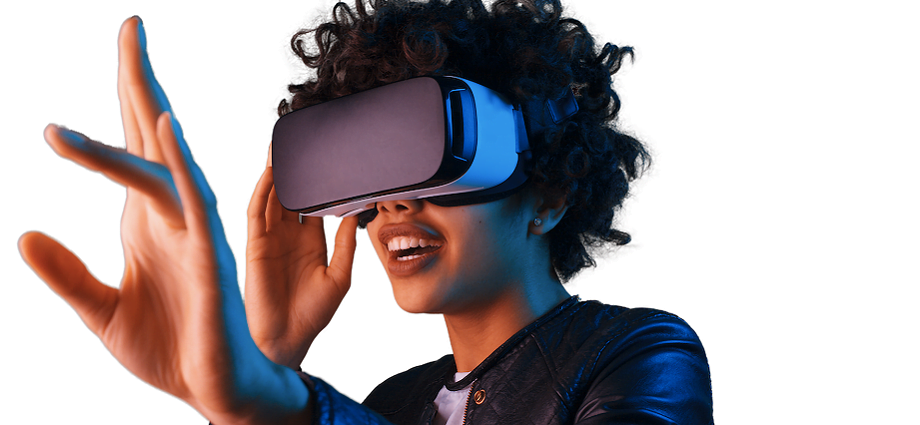Virtual reality (VR) is a rapidly growing technology that allows users to immerse themselves in a digital environment. Developing VR content can be a challenging and exciting process, but with the right tools and knowledge, it is possible to create compelling VR experiences.
First, it is important to understand the hardware and software requirements for VR development. To create VR content, you will need a VR headset, such as the Oculus Rift or HTC Vive, a computer with a powerful graphics card, and specialized VR software, such as Unity or Unreal Engine.
Next, you will need to decide on the type of VR experience you want to create. This can range from a simple VR game or application to a more complex, interactive VR world. Once you have a clear idea of your project, you can begin planning and designing your VR experience.
When designing your VR experience, it is important to consider the user’s perspective and how they will interact with the virtual world. This can include factors such as the scale of the environment, the placement of objects, and the ability to move and interact with objects in the VR world.
Once you have designed your VR experience, you can begin creating the digital assets, such as 3D models, textures, and audio, that will make up your VR world. This can be a time-consuming process, but there are many tools and resources available to help with creating and importing digital assets into your VR software.
Once your assets are in place, you can begin programming and implementing the interactions and behaviors that will bring your VR experience to life. This can include things like character movement, object manipulation, and collision detection.
Finally, you will need to test and refine your VR experience to ensure it is bug-free and provides a seamless, immersive experience for the user. This can involve playtesting, user feedback, and iterative improvements to the VR experience.
Developing VR content can be a challenging but rewarding process. By understanding the hardware and software requirements, planning and designing your VR experience, creating digital assets, and programming and testing your VR experience, you can create compelling and immersive VR content.
Virtual reality (VR) is a rapidly growing field that allows users to immerse themselves in a completely artificial digital environment. Creating VR content can be a challenging but rewarding process, and there are a few key steps to follow when developing VR experiences.
Define Your Goals and Target Audience: Before you start developing VR content, it’s important to have a clear idea of what you want to achieve and who you want to reach. This will help guide your decisions throughout the development process.
Choose a VR Platform: There are several VR platforms available, including Oculus Rift, HTC Vive, and Google Cardboard. Each platform has its own strengths and weaknesses, so it’s important to choose the one that best fits your goals and target audience.
Develop a Concept and Story: Once you have a clear idea of what you want to achieve and which platform you will use, you can start developing a concept and story for your VR experience. This should include a clear beginning, middle, and end, as well as a compelling reason for the user to engage with the VR environment.
Create the VR Environment: This is where the real work begins. You will need to use specialized software, such as Unity or Unreal Engine, to create the 3D models, textures, and animations that will make up the VR environment. This can be a time-consuming process, but it is essential for creating a high-quality VR experience.
Test and Iterate: Once you have created the VR environment, it’s important to test it thoroughly to ensure that it works as intended. This may involve getting feedback from other developers or beta testers, and making changes and improvements based on their feedback.
Launch and Promote: Once your VR experience is ready, it’s time to launch it and promote it to your target audience. This may involve creating marketing materials, such as videos and screenshots, and using social media and other channels to reach potential users.
In conclusion, creating VR content requires a combination of creativity, technical skill, and persistence. By following these steps and staying focused on your goals and target audience, you can develop VR experiences that are engaging, immersive, and truly unique.

